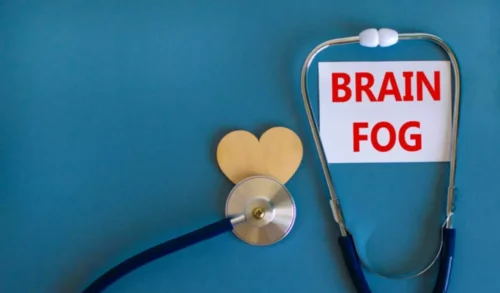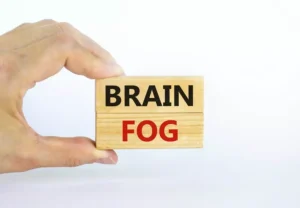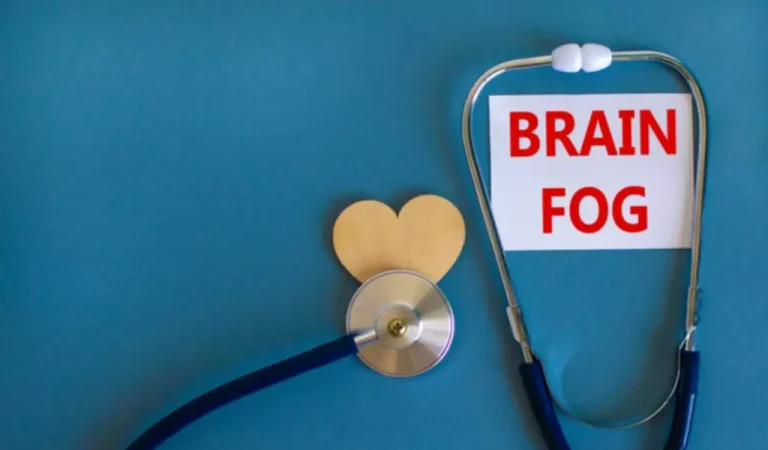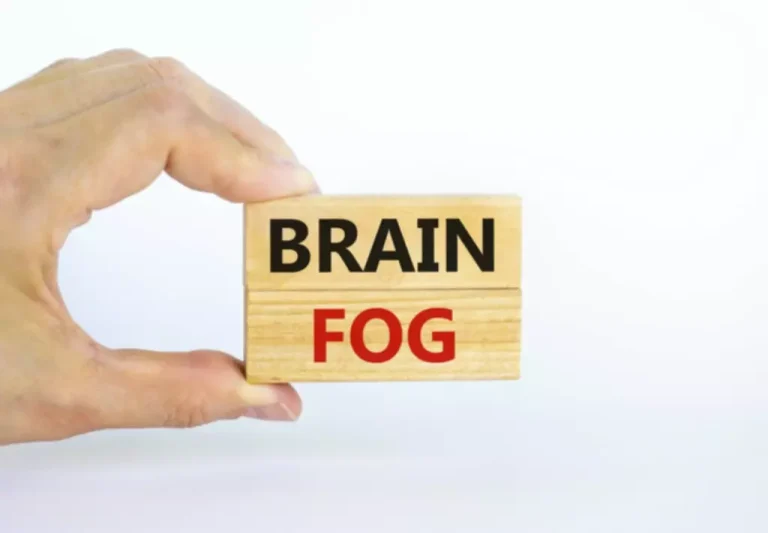
Joining support groups can also provide a safe space to share feelings and learn from others’ experiences. Remember, while alcohol might offer temporary solace, it’s not a long-term solution. About half of this subtype of alcoholics smoke cigarettes, and one-third have a family history of alcoholism.

Ways to Treat Risk Factors of Alcoholism
Most intermediate familial alcoholics begin drinking around age 17 and develop alcoholism later in life, around age 32. About half of this group comes from families with alcohol problems and are likely to suffer from mental disorders. They also have high rates of cigarette, marijuana, and cocaine addiction.

Types of Alcoholics According to the NIAAA

It typically includes medically monitored withdrawal, which helps reduce symptoms of withdrawal. Binge drinking equates to roughly five drinks for men and four for women within two hours. However, these numbers can vary depending on your alcohol tolerance and other biological responses.

What Are the Different Types of Alcoholism?
While alcohol might provide short-term relief, it doesn’t address the root causes of these emotions. Research suggests that relying on alcohol to cope can lead to increased feelings of depression and anxiety over time, creating five types of alcoholics a vicious cycle source. To break this cycle, it’s essential to develop healthier coping mechanisms. Consider engaging in therapeutic activities such as journaling, meditation, or seeking professional counseling to process emotions.
What Is Stress Drinking?
- It’s important to recognize that keeping your drinking habits a secret can have adverse effects on your well-being and relationships.
- She would start her day drinking a six-pack of hard apple cider just to stop the shakes, then attend her sociology lectures with wine in her coffee mug.
- There’s nothing wrong with having alcohol to enjoy special events and get yourself in a sociable mood.
- Plus, we’re always introducing new features to optimize your in-app experience.
- This group has the highest rate of seeking treatment from a private health care provider but also often choose self-help groups, specialty treatment programs, and detox programs.
They are also more likely to cause harm to others through aggressive behavior or accidents, such as car crashes or alcohol poisoning. It’s important to note that even moderate drinking can lead to negative health outcomes, and the risk increases with the amount of alcohol consumed. As we explore the types of alcohol consumption, it’s important to recognize the diversity amongst drinkers. The spectrum of drinking behaviors is varied, ranging from individuals who enjoy a casual drink at dinner to those struggling with chronic and severe alcohol dependence.
Young Adult Type: Jason’s College Years
- Whether you drink at pool parties or during night outs with friends—it’s helpful to know what category of drinkers you fall into.
- We want to give recovering addicts the tools to return to the outside world completely substance-free and successful.
- The cycle of using alcohol to manage stress and then experiencing more stress due to drinking can become difficult to break.
- When seeking treatment, they tend to turn to social workers, psychologists, psychiatrists and private physicians.
More than half of young antisocial alcoholics have a family history of alcoholism, and around half also struggle with antisocial personality disorder. When a person suffers from a co-occurring mental health disorder, the risk for also developing alcoholism or problems with substance abuse are elevated. The Substance Abuse and Mental Health Services Administration (SAMHSA) publishes that co-occurring mental health disorders and addiction are common, as about 8 Twelve-step program million adults in America battled both in 2014. Alcohol-induced blackouts are periods where an individual cannot recall events after consuming alcohol, even though they were conscious at the time.
Understanding Alcoholism: 5 Different Types of Alcoholics
Being labeled as a “hard drinker” often implies a high frequency and quantity of alcohol consumption, which can have detrimental effects on brain health. Chronic alcohol consumption can lead to cognitive impairments and disrupt the balance of neurotransmitters https://ecosoberhouse.com/ in the brain. To protect your brain health, consider setting clear limits on how many drinks you’ll have and sticking to it.

